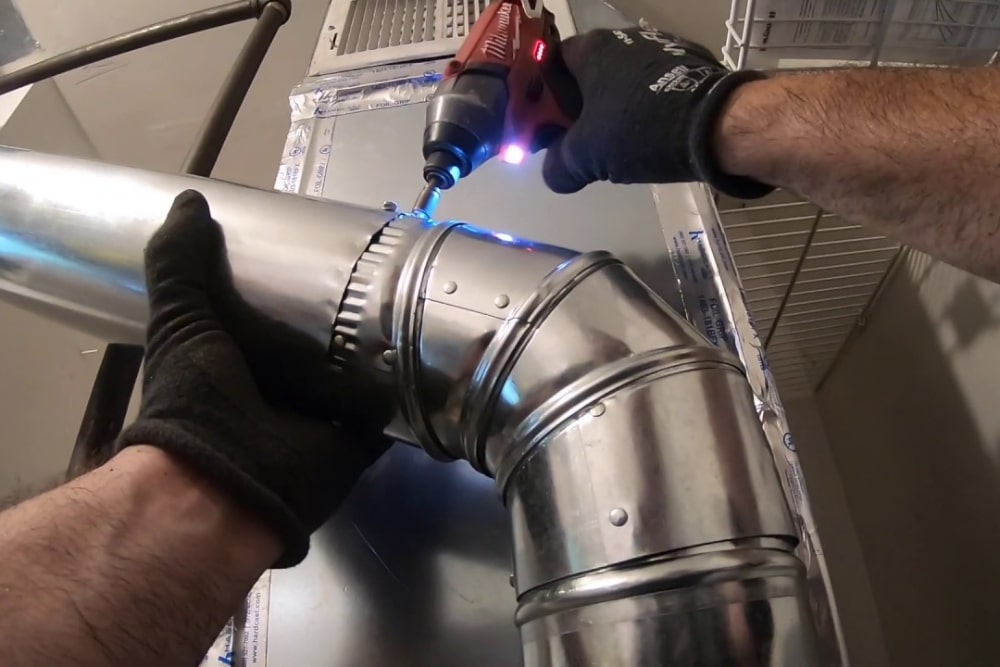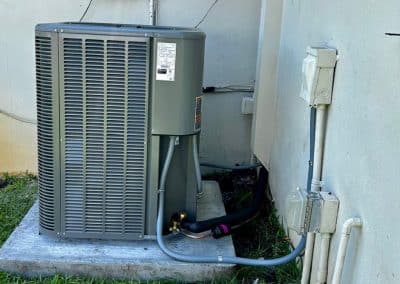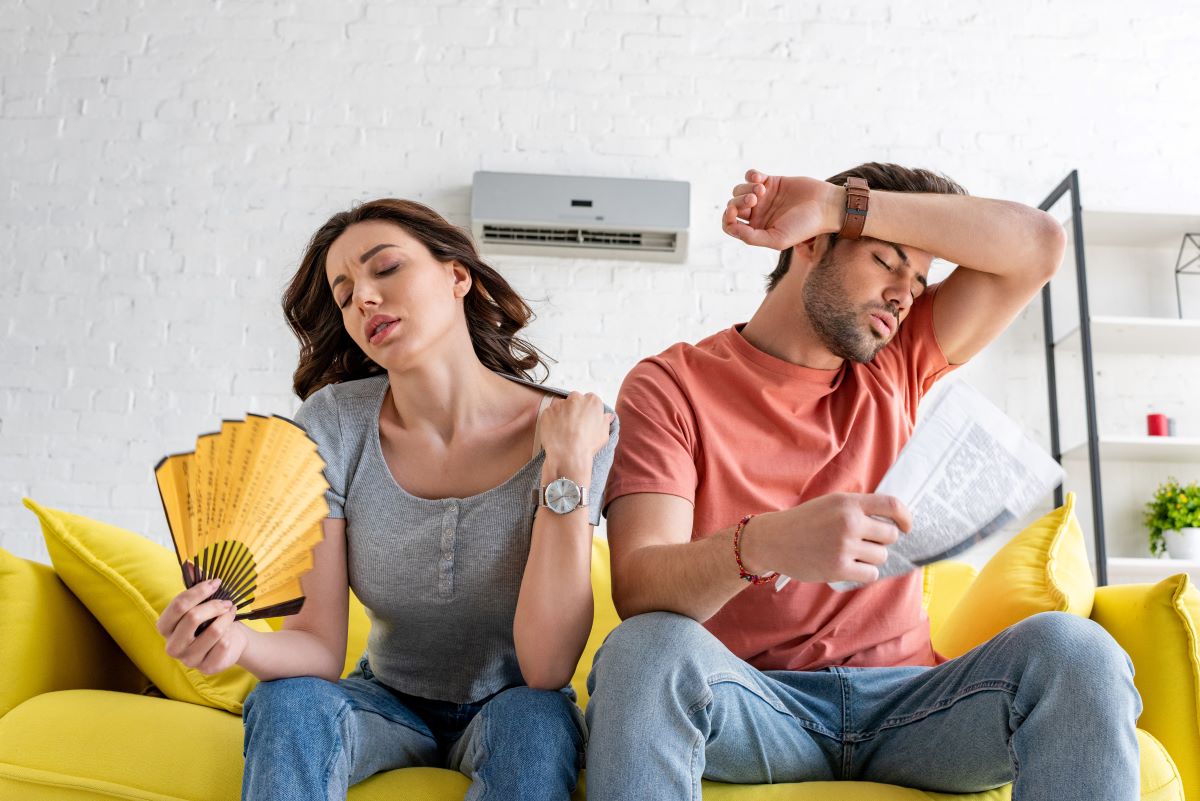Pipe Fitting
Pipe Fitting Services
Professional HVAC pipe fitting services are essential for ensuring optimal performance and efficiency of your heating and cooling systems. Expert technicians bring specialized knowledge and precision to the complex task of installing, maintaining, and repairing the critical network of pipes that distribute heated or cooled air throughout your property.
Properly fitted pipes are fundamental to system efficiency, potentially reducing energy consumption by up to 30% compared to improperly installed systems, directly impacting your monthly utility bills.
Beyond energy savings, professional pipe fitting addresses crucial safety concerns by ensuring compliance with building codes and industry regulations while preventing potential hazards related to improper connections or materials.
These services encompass comprehensive inspection of existing pipe systems, identification of leaks or inefficiencies, proper sizing and configuration for balanced airflow, and precision installation using appropriate materials for your specific HVAC system type. Professional pipe fitters also perform essential testing and balancing after installation to verify optimal system performance, providing peace of mind that your HVAC system will deliver consistent comfort, improved indoor air quality, and reliable operation throughout its extended lifespan.
Pipe Fitting FAQs
What exactly is HVAC pipe fitting?
HVAC pipe fitting involves the installation, maintenance, and repair of the piping systems that transport air, refrigerant, water, or steam throughout your heating, ventilation, and air conditioning systems. This includes refrigerant lines for air conditioners and heat pumps, condensate drain lines, chilled/hot water pipes for hydronic systems, and steam pipes for steam heating systems. Professional pipe fitting ensures these critical pathways are properly sized, installed, and sealed for optimal system performance.
How much do HVAC pipe fitting services cost?
- The type of system (air conditioning, heating, or combination)
- The complexity and size of the installation
- Accessibility of installation areas
- Materials used (copper, PEX, steel, etc.)
- Local labor rates
How long does HVAC pipe fitting typically take?
- Simple repairs or modifications: 2-4 hours
- Replacement of existing piping: 1-2 days
- New system installation: 2-5 days
What qualifications should I look for in an HVAC pipe fitter?
- Proper licensing according to your state/local requirements
- EPA certification for handling refrigerants
- Proof of liability insurance and worker’s compensation
- Significant experience with your specific type of HVAC system
- Membership in professional organizations (ACCA, ASHRAE, etc.)
- Strong references or reviews from previous customers
- Manufacturer certifications for specific equipment
- Willingness to provide detailed written estimates
What materials are used for HVAC pipe fitting?
- Copper: Primarily used for refrigerant lines due to excellent heat transfer properties
- PVC/CPVC: Often used for condensate drain lines
- Black iron pipe: Common for natural gas lines
- PEX: Increasingly popular for hydronic heating systems
- Stainless steel: Used in specialized applications or corrosive environments
- Aluminum: Sometimes used for refrigerant lines in specific applications
What are common signs that I need HVAC pipe repair or replacement?
- Reduced heating or cooling performance
- Unusual noises (banging, whistling, or gurgling)
- Water damage or leaks near HVAC equipment
- Inconsistent temperatures throughout your home
- Unexplained increases in energy bills
- Visible corrosion, damage, or improper installation
- Ice formation on refrigerant lines
- Frequent system cycling or short-cycling
- Odd odors coming from vents or equipment
Do you offer warranties on HVAC pipe fitting services?
How does pipe insulation factor into HVAC pipe fitting?
- Prevents energy losses in hot or cold lines
- Prevents condensation on cold pipes that could cause water damage
- Reduces noise transmission through piping systems
- Protects pipes from temperature extremes in unconditioned spaces
- Prevents freezing in cold climates
- Increases overall system efficiency
Can poorly fitted HVAC pipes damage my system?
- Compressor failure due to improper refrigerant line sizing
- Water damage from leaking connections
- System inefficiency from pressure drops in undersized pipes
- Premature component wear from vibration in improperly supported pipes
- Oil return problems in refrigerant lines with improper pitch
- Excessive noise from water hammer or refrigerant flow issues
- Complete system failure in severe cases
Do you handle both residential and commercial HVAC pipe fitting?
How does pipe sizing affect HVAC system performance?
- Reduce system capacity by up to 40% if undersized
- Create excessive noise and increased energy costs
- Cause premature wear on pumps and compressors
- Lead to inadequate heating or cooling in certain zones
- Cause refrigerant flow problems and potential compressor damage
- Create water hammer in hydronic systems



